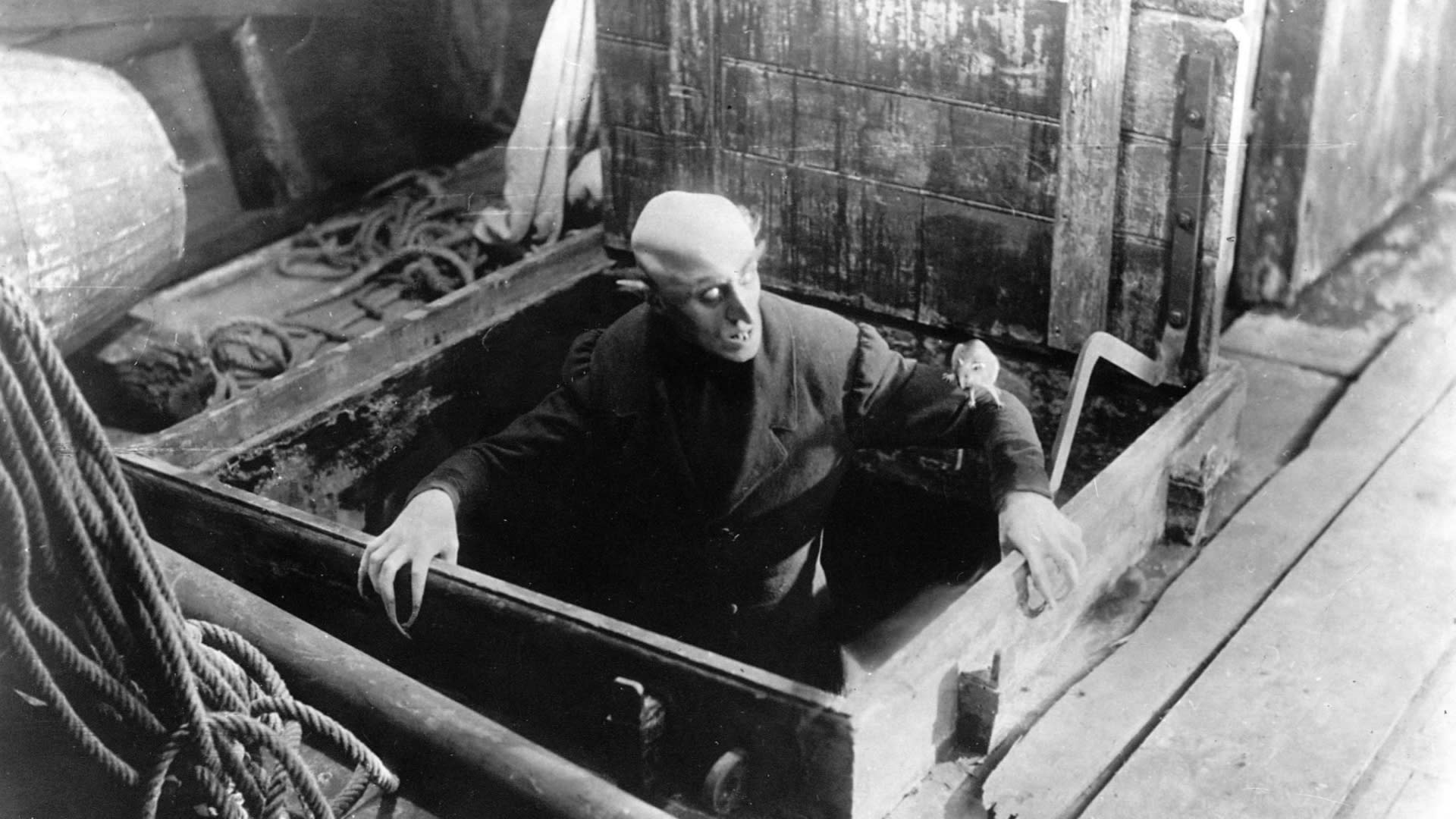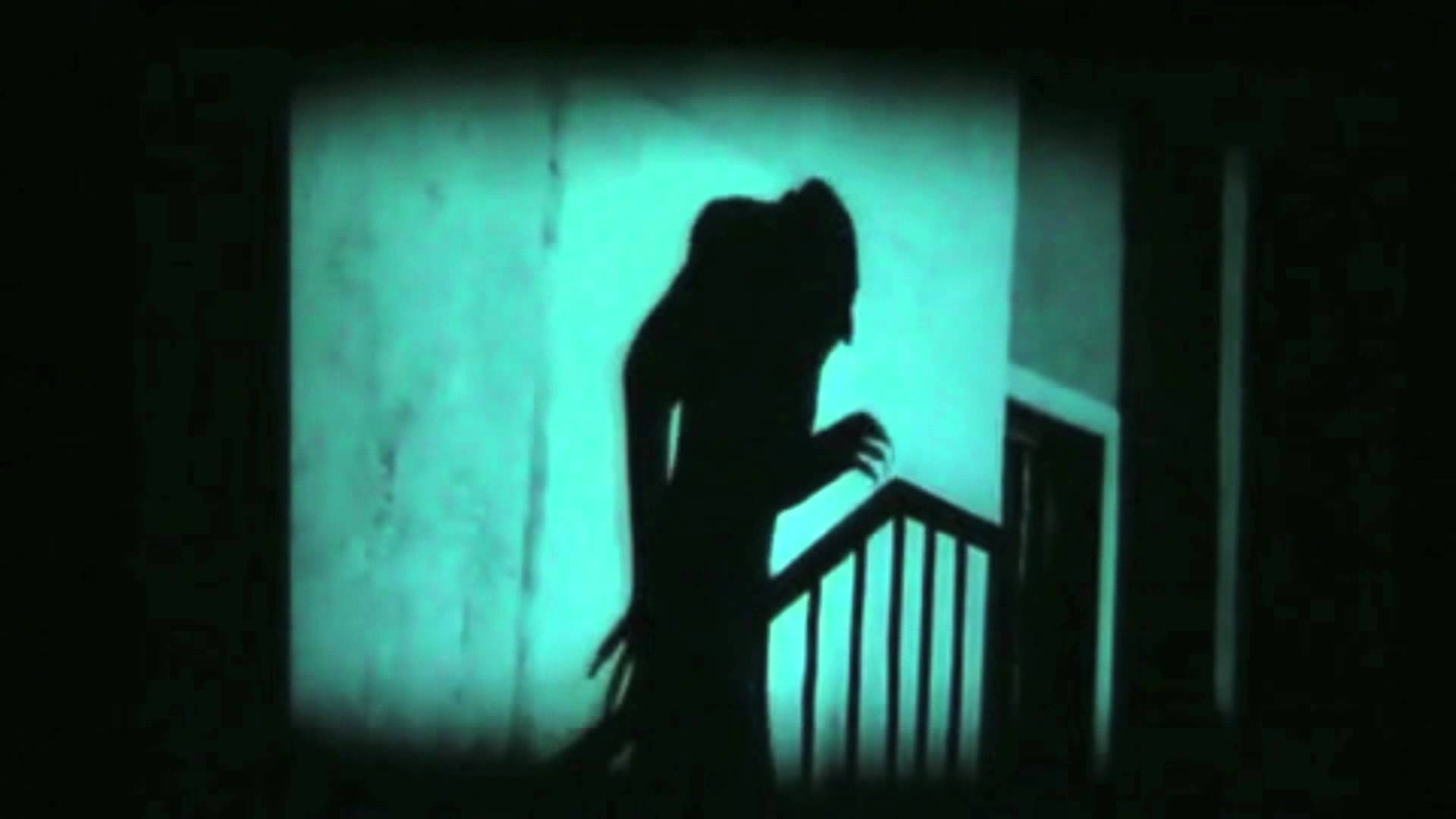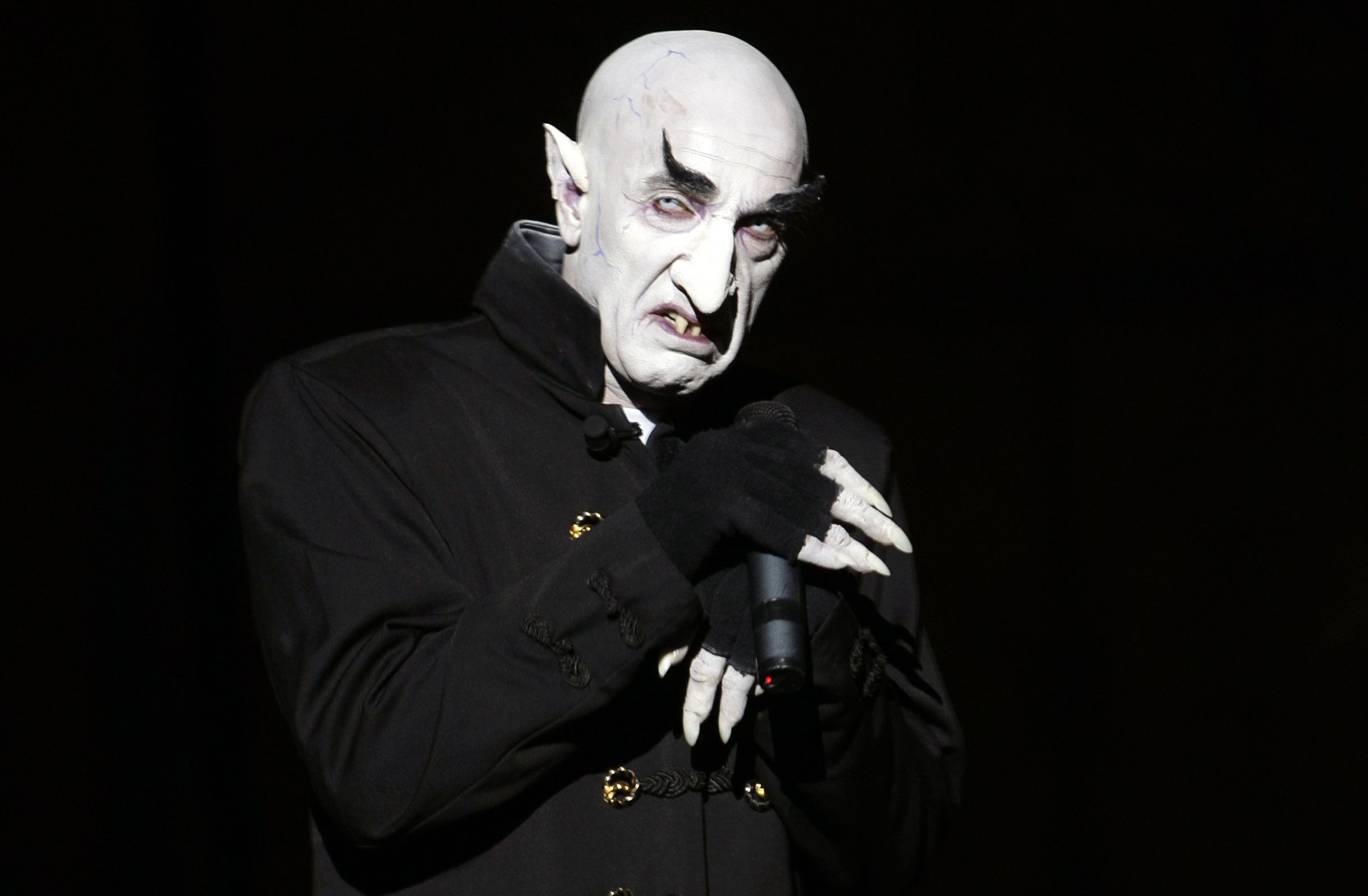Nosferatu: A Critical Examination of the Complexities
Nosferatu, F.W. Murnau's 1922 masterpiece, has profoundly influenced the vampire genre. Despite its silent era origins, Nosferatu's portrayal of the vampire as a grotesque and terrifying creature stands in stark contrast to the romanticized and alluring vampires that dominate modern popular culture. This essay critically examines the complexities of Nosferatu, exploring its multifaceted themes, the significance of its groundbreaking cinematic techniques, and its enduring legacy on the vampire genre.
Theme Analysis: Horror, Isolation, and the Uncanny
Nosferatu masterfully depicts the horror inherent in the vampire mythos. Count Orlok, the vampire, is a terrifying figure with elongated limbs, sharp teeth, and penetrating eyes that evoke a primal fear in viewers. His presence brings death and decay wherever he goes, casting a shadow of terror over the unsuspecting town of Wisborg.
The film also explores the theme of isolation. Orlok, as an outsider, is both feared and reviled by the townspeople. His attempts to integrate into their society are met with resistance, highlighting the human tendency to ostracize that which is different. The scenes of Orlok lurking in the shadows, observing his victims from afar, visually reinforce his status as an isolated outsider.
Furthermore, Nosferatu delves into the concept of the uncanny, as theorized by Sigmund Freud. Orlok's presence disrupts the familiar and comfortable world of Wisborg, creating a sense of unease and disorientation. His supernatural abilities and unnatural appearance challenge the boundaries of what is considered normal, evoking a primal fear in viewers.
Cinematic Techniques: Shadow, Light, and Symbolism
Murnau's mastery of cinematic techniques is evident throughout Nosferatu. The film's striking use of shadow and light creates an atmosphere of suspense and dread. Orlok's elongated shadow, cast upon the walls of his castle, becomes a harbinger of his impending doom. Similarly, the scenes of Orlok's victims being transported in coffins are bathed in an eerie blue light, enhancing the sense of otherworldly horror.
Symbolism is also prevalent in Nosferatu. The rats that accompany Orlok represent the plague that he brings to Wisborg, while the flowers that bloom in his presence symbolize the hope that ultimately triumphs over evil. The recurring motif of garlic, a traditional vampire repellent, serves as a reminder of the human agency in combating the forces of darkness.
Critical Perspectives and Enduring Legacy
Critics have interpreted Nosferatu from various perspectives. Some have viewed it as a commentary on the horrors of World War I, while others have seen it as an exploration of German Expressionism. Regardless of these interpretations, the film's enduring legacy lies in its groundbreaking impact on the vampire genre.
Nosferatu popularized the idea of the vampire as a predator, a concept that would be further developed in subsequent vampire films. Its influence can be seen in the works of Bram Stoker's Dracula (1897), Francis Ford Coppola's Dracula (1992), and Anne Rice's Interview with the Vampire (1976).
Conclusion
Nosferatu stands as a towering achievement in cinema, a film that has left an indelible mark on the vampire genre. Its exploration of horror, isolation, and the uncanny, coupled with its groundbreaking cinematic techniques, has created a cinematic experience that remains both terrifying and thought-provoking. The film's enduring legacy serves as a reminder of the power of cinema to challenge our perceptions, explore our fears, and leave a lasting imprint on our collective consciousness.
South Florida Vs. San Jose State Prediction: Bulls, Spartans Set For High-Scoring Hawaii Bowl
Joe Mazzulla Explains Unexpected Jayson Tatum Scratch In Magic Loss
Grocery Store Hours On Christmas Day 2024: Kroger, Trader Joe's, Aldi, And More



